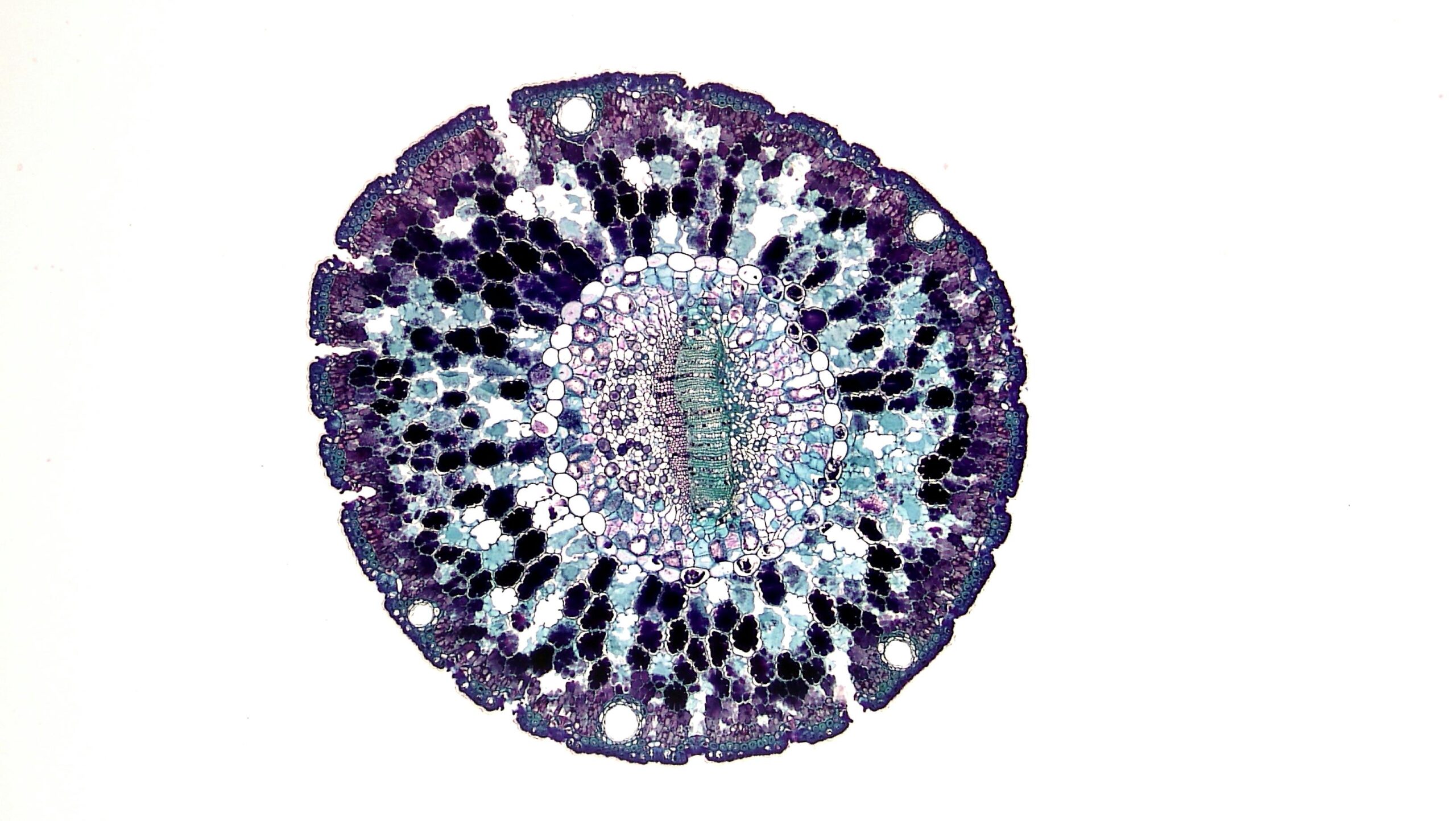For many new parents, the first few years are a blur of sleepless nights and developmental milestones. But what if a baby’s future health is being shaped by something we can’t see? A groundbreaking new study suggests that the community of bacteria, viruses, and other microorganisms living in a baby’s gut—known as the gut microbiota—sets a predictable course for their health by the time they reach age five. This invisible ecosystem isn’t just along for the ride; it appears to be a key player in programming a child’s immune system and metabolism. Researchers discovered that infants follow one of five distinct developmental paths, or “trajectories,” and that these paths can predict everything from allergies and infections to how a child grows. The most compelling part of this finding is that some of these trajectories can be influenced by early life factors, such as C-section birth, antibiotic use, or formula feeding.
How a Massive Study Tracked Baby Gut Health
To uncover these paths, researchers from Finland followed nearly 1,000 infants from birth to age five. This large group, known as the Helmi cohort, provided a huge amount of data. Over the first two years of the babies’ lives, scientists collected more than 6,000 stool samples. This deep dive into the infants’ gut bacteria allowed them to track how the microbial communities changed over time. The study’s authors then used this information to identify four main types of microbial communities and, from there, pinpointed five distinct trajectories of gut development. A healthy path was the most common, followed by 47% of the babies. This trajectory was defined by a stable, high amount of beneficial bacteria called Bifidobacterium. The babies on this path were typically born vaginally, were breastfed, and had no early exposure to antibiotics.
The Five Paths That Shape a Child’s Future
The other four paths were all considered less than ideal. They were often influenced by an infant’s early-life exposures, such as C-section birth or antibiotic use, which delayed the colonization of helpful bacteria. The study showed that babies on these less healthy paths had a higher risk of developing health issues. For example, one trajectory, taken by 14% of the infants, was consistently marked by low levels of beneficial Bifidobacterium. Unsurprisingly, these children had the highest risk of later health problems.
To make sense of these findings, the scientists developed a “microbiota wellbeing index” (MWI). This index was essentially a health report card for the gut. A high MWI indicated a gut community similar to those on the healthy path, and it proved to be a powerful predictor of an infant’s overall health for the first five years of their life. Babies with a high MWI had a lower risk of allergies, respiratory infections, and unhealthy growth patterns. This suggests that the early gut environment plays a major role in setting a child’s health trajectory.
Nurturing a Healthy Gut from the Start
This research underscores the vital importance of specific bacteria, like Bifidobacterium, which the authors refer to as “keystone organisms.” These bacteria are essential for a healthy gut because they break down complex sugars from breast milk, creating byproducts that nourish other helpful bacteria and support the baby’s immune system. The research shows that these crucial organisms are the first to be negatively impacted by factors like C-section births and antibiotic exposure. When this happens, the entire microbial community is thrown off course, leading to a developmental path that is less than ideal.
This landmark study makes it clear that the paths our gut microbiota take in early life are not random. They are predictable, influenced by our earliest exposures, and have lasting consequences for our health. Nurturing a healthy gut from the start is one of the most effective steps we can take to invest in a child’s long-term wellbeing.
Paper Summary
Methodology
Researchers conducted a large, longitudinal, observational study on the gut microbiota development in a cohort of 984 Finnish infants. The children were followed from birth to age 5, with 6,203 fecal samples collected within the first two years of life. The team used clustering and trajectory modeling to identify five different paths of microbiota development. They then created a “gut microbiota wellbeing index” (MWI) by comparing the microbial composition of infants on the healthiest path to those with diagnosed health issues. The study then used this index to predict health outcomes at ages 2 and 5.
Results
The study found that the development of an infant’s gut microbiota is highly predictable and follows one of five distinct paths or trajectories. One of these trajectories, the most common one, was associated with positive health outcomes. The other four were considered “dysbiotic” and were linked to an increased risk of allergic diseases, infections, and differences in growth. Key factors like C-section birth and antibiotic use delayed the colonization of beneficial bacteria, pushing infants toward these less healthy trajectories. The study’s “microbiota wellbeing index,” based on the healthy trajectory, was a strong predictor of a child’s health up to age 5.
Limitations
While the study was a large and long-term observational study, the authors noted that their results may not be generalizable to populations with vastly different genetic backgrounds or lifestyles from the Finnish cohort. They also acknowledged that some of the associations between certain factors and microbiota composition could have been driven by other, unmeasured variables. Additionally, because the study was observational, it could not definitively prove a causal link between the gut microbiota and all health outcomes.
Funding or Disclosures
The provided files do not contain information regarding the funding or disclosures for this study. The authors are Brandon Hickman, Anne Salonen, Alise J. Ponsero, Roosa Jokela, Kaija-Leena Kolho, Willem M. de Vos, and Katri Korpela, with affiliations to the University of Helsinki, Children’s Hospital, University of Helsinki, and Wageningen University.
Paper Publication Info
- Journal: Nature Communications
- Article Type: Article
- DOI: https://doi.org/10.1038/s41467-024-52561-6
- Received: 4 March 2024
- Accepted: 10 September 2024
- Published online: 27 September 2024










